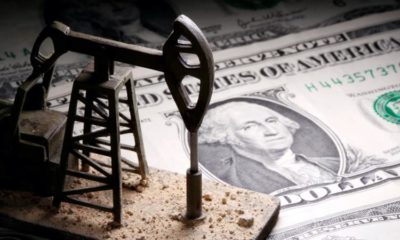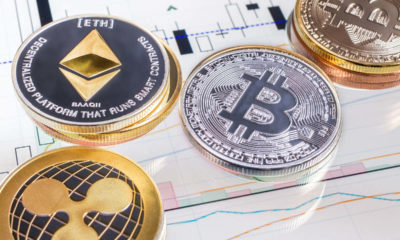The stock market recovery continues on Wednesday, despite a selection of disappointing data releases from Europe and the US.
We’ve seen a decent rebound off the January lows and that only appears to have accelerated this week which will come as a huge relief to investors after a rather turbulent start to the year. And coming at a time when so many rate hikes are now priced in for a variety of central banks, it’s possible that peak-tightening fear is behind us.
There is still potential, of course, for further action to be priced in but whether that will happen in the near term, or generate the same kind of anxiety, may depend on where it comes and to what degree.
ECB unlikely to dramatically change course despite high inflation
We’re seeing rate hike expectations rising in the euro area, for example, despite the continued pushback at such action by the central bank in recent meetings. We’ve seen this happen repeatedly though and eventually, the central bank seems to reluctantly follow.
With inflation in the eurozone hitting 5.1% in January, well above market expectations, will we see a similar pattern when the ECB meets tomorrow? In the absence of fresh economic projections, I expect we won’t see any dramatic shifts tomorrow but we could see slight tweaks in the tone and language that pave the way for something more significant in March.
ADP brushed aside as omicron takes its toll in January
So much is already priced in for US interest rates and it’s hard to imagine the direction of travel changing in the near term, given the broad range of indicators continuing to point to higher price pressures. That’s particularly true of data like the ADP collected for January, at a time when omicron caused major distortions which reduces its usefulness. Expectations for Friday’s jobs report are already very low and today’s ADP may reduce them further but it doesn’t really change the outlook for interest rates or the economy.
Talk of triple-digit oil not going away soon
Oil prices are a little flat on Wednesday after OPEC+ backed plans to boost output by 400,000 barrels again in March, following some rumours that the group could increase its commitment in the face of strong demand and high prices.
While that may have been welcomed by leaders in consuming countries that are facing a cost of living crisis, it may have made little actual difference as the group is failing to hit its current targets. We could have seen oil prices ease a little had the group agreed but as it is, there’s seemingly little appetite for it which could continue to support the rally. Talk of triple-digit oil isn’t going away any time soon.
Gold’s appeal waning?
Gold prices are higher again today after recovering a little this week. The yellow metal was hit hard last week on the back of another hawkish Fed shift and it remains out of favour, despite paring some losses over the last couple of days.
We’d seen some love for gold over the last couple of months as investors continued to price in the need for higher rates to head off rising inflation. The traditional hedge could remain supported out of fear of inflation remaining higher than forecasts, as has been the case for some time now, but the more central banks act accordingly, the more its appeal will wane.
Profit-taking at $40,000 a concern?
Bitcoin’s rebound has been encouraging over the last week or so but it’s so far failed to recapture $40,000 which may cause some discomfort among those hoping the low is behind it. The improvement in risk appetite in the broader markets is naturally supporting the price and could ultimately be what drives it through this important resistance level, as long as it holds. But we appear to be seeing some profit-taking around here which is contributing to the 4% decline today.

















